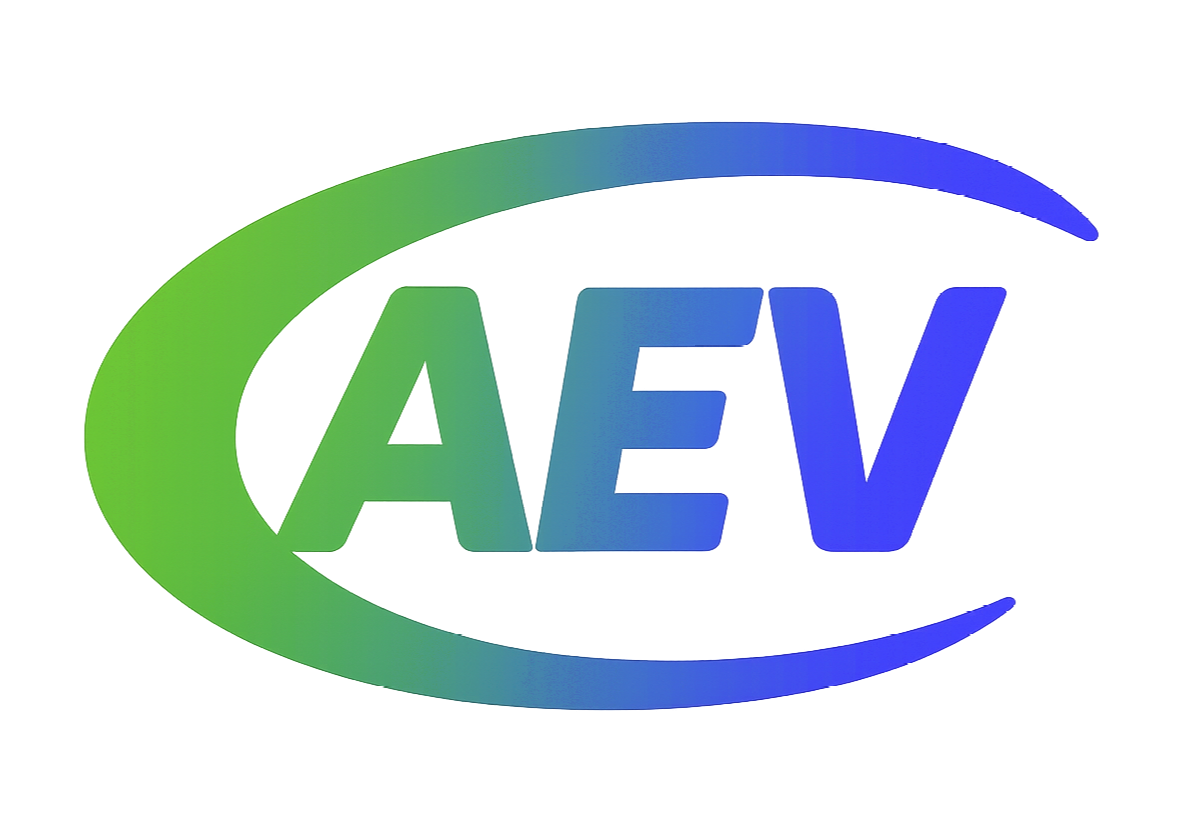Medicines to kill but not to treat

The main sources of drug pollution in the environment, in water bodies in particular, include municipal wastewater, pharmaceutical manufacturing, animal husbandry, fish farming, irrigation, and unaccounted pollution sources.

The structure of drug pollution sources in waters throughout the world according to the MEC database. (NA – North America, LA – Latin America, WE – West Europe, EE – East Europe)
It should be noted that different regions have different sources of pharmaceutical pollution: animal farming in Africa; domestic wastewater in Eastern Europe, Latin America, and Asia; hospital wastewater in Western Europe.
Recent studies have shown that people’s contribution of using medicines can reach 90% of the total emission from various drug pollution sources of the aquatic environment, which results mainly from domestic wastewater.
Discharges of drugs in the wastewater by pharmaceutical companies tend to be strictly regulated. For example, the concentration of the antimicrobial drug ciprofloxacin in the treated wastewater of one Indian wastewater treatment plant reached 31,000 mg/l due to the effluents of 90 pharmaceutical companies. Frequently the excessive drug content in treated effluents is 10-1000 times compared with the effluents with no discharge from pharmaceutical companies. Moreover, in the water-receivers the drugs were tracked at a distance of 30 km from the discharge point.
Medicines are widely used in agriculture, particularly in livestock production, poultry breeding and fish farming. The total volume of livestock waste in the United States and Europe is approximately 10 times greater compared to household waste.
Thus, depending on the economic development of a country or region, as well as local characteristics of production, it is necessary to apply specific methods for regulating the entrance of contaminating drugs and methods for water purification. It requires legislative measures, development of discharge standards (for drug manufacturing companies), organization of separate drug disposal, raising people’s awareness of the problem, etc.
Source:
1. Tim aus der Beek. Pharmaceuticals in the environment: Global occurrence and potential cooperative action under the Strategic Approach to International Chemicals Management (SAICM) / Tim aus der Beek, Frank-Andreas Weber, Axel Bergmann. Dessau-Roßlau: German Environment Agency. 2016. 95 p.
2. Snyder S., Lue-Hing C., Cotruvo J. et al. Pharmaceuticals in the water environment. NACWA. 2010. p. 34.
3. Manufacturing facilities release pharmaceuticals to the environment // U.S. Geological Survey.
